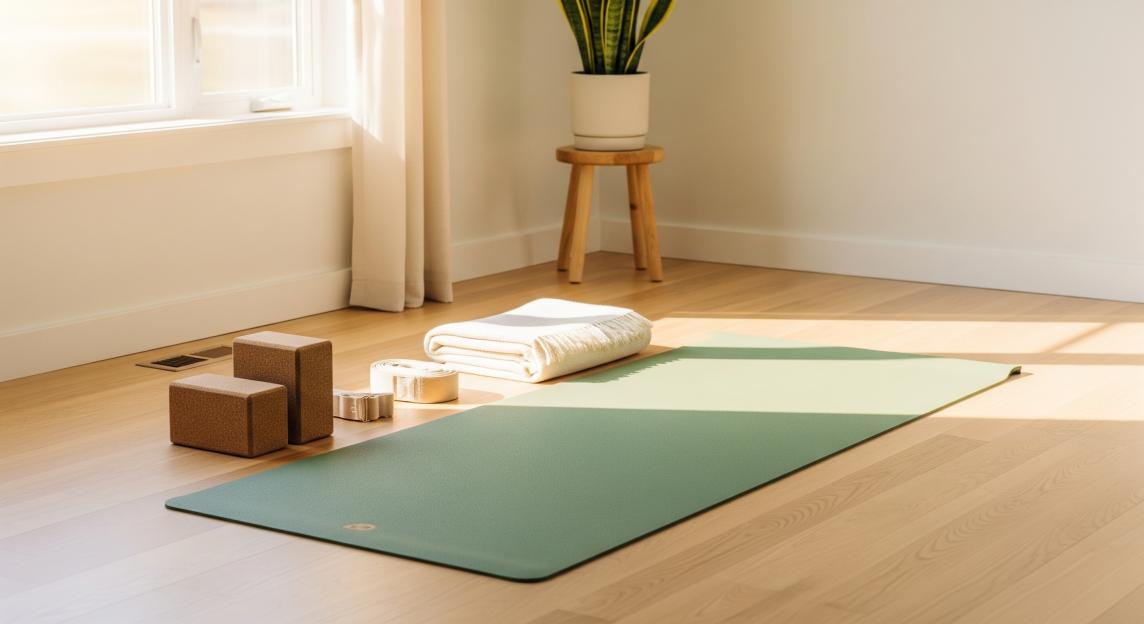Gaining knowledge on how to scrub grout lines efficiently, especially when preparing for bond cleaning service or a move out clean, greatly boosts the ease of maintaining a home’s cleanliness. Neglected grout looks bad and can hold harmful bacteria and mildew. This can be bad for your family’s health. Grout lines are bound to become soiled, more so around sinks, and in washing areas such as the kitchen and bathrooms. It can be concluded that many people struggle with scrubbing tile grout due to stubborn stains and deep-rooted molds.
If you keep reading, you will find some hints that can be used to restore the cleanliness of grout in your house. Adding to these tips, cleaning other parts enhances the overall cleanliness of the house.
What Causes the Problems?
Before moving on to factors that assist in scrubbing grout lines, it is best to highlight the reason why scrub grout lines are very dirty. Because grout is a porous material, it is able to absorb moisture, remnants of dirt and other wastes, which causes mildew and mold to grow.
The most addictive factors are:
Wet and Damp Areas: Bathrooms and kitchens often have moldy grout because they stay moist.
Grime: Scum from soap or food crumbs can half-dry and create dirt, as well as strongly crowded spaces.
Regular routines: Absorbent grout requires basic attention around smaller stains to scrub the remaining stubborn spills.
What You’ll Need
These common household items will help you tackle an effective grout cleaning session:
- White vinegar
- Baking soda
- Water
- Spray container
- Best grout scrubber or an old toothbrush
- Microfiber mop or cloth
- Put on protective gloves
- Optional face mask
Step-by-Step Instructions
To return the grout to its previous glimmering beauty, ensure you implement the following steps:
Step 1: Prepare the Area
Take out any surrounding furniture and rugs before commencing the task.
Sweep and mop the floor, ensuring any dirt still lingering is taken care of.
Step 2: Create Your Grout Cleaner
Mix baking soda and vinegar to make a grout cleaner. To get a paste, pour a combination that’s three parts baking soda and a single part water into a bowl.
Should the stains be too difficult to clean, try pouring warm water mixed with vinegar into a spray bottle and spraying the area.
Step 3: Apply the Cleaning Solution
Make sure to slather generous portions of the baking soda paste along the grout lines and cover all areas.
Vinegar Solution Incorporation: Ensure to spray on the grout and let it rest for a minimum of 15-20 minutes so that the stains and grime can be loosened.
Step 4: Grout Scrubbing
Grout area cleansers like toothbrushes or grout brushes must be used to scrub the area in a circular motion. Ensure that you give extra attention to moldy or dirty grout regions.
Sustained scrubbing should be done for tough stains accompanied by scrubbing.
Step 5: Cleaning and Drying
Cleaning the area ensures the grout is free from scrubbing residues and dirt, along with free washing with clean water.
Instead of water, make use of a microfiber cloth or mop, as these will prevent mildew or watermarks on tiles.
Additional Recommendations
For preventative measures, Add sealers to defeat moisture and dirt every year.
For maintenance measures: Set up mild vinegar solutions followed by weekly plans to overcome severe marks.
As vinegar solutions can be highly skin-irritating and fatal to the lungs, always remember to use gloves when handling them.
Common Mistakes with Wire
When attempting to tile grout cleaning, ensure these vents below do not get jammed: Skip the use of harsh vinegar and chemical cleaners as the guidelines, and sanding stem markings will worsen over time.
Ignoring maintenance: Amd fa. Scrubbing too hard: Using stiff bristle brushes that are worn smooth can erode joints over time.)
Multidisciplinary approach for tough low dwell cleaning needed: the homes that don’t need deep cleaning are the hardest to tackle.
FAQs
Q1: What is the best method for scrubbing floor tile grout with natural solutions?
Add answer. The best way to disinfect and clean involves using soaking poultices. Combine these with vinegar, acetone, and native dyes. This method will safely disinfect and remove the discolored glue dyes.
Q2: How can I remove mold from the grout of my tiles?
The mold can be removed using a mixture of baking soda and vinegar applied to the scrub area. After a 15 to 30-minute wait, vigorous scrubbing, rinsing, and thorough drying will greatly enhance the mold’s return prevention.
Q3: Can bathroom grout be cleaned with no chemicals at all?
Of course. You can clean kitchen and bathroom grout with natural ingredients like baking soda, white vinegar, lemon juice, or hydrogen peroxide. These selected non-abrasive materials do not contain chemicals.
Q4: Cleaning tile grout regularly, what is the best period for it?
It is suggested to perform light cleaning on a weekly basis, as this helps reduce the accumulation of dirt. In addition, thorough cleaning should be done once every two to six months so that grout condition is maintained at best.
Q5: Which tools do you think are most appropriate for cleaning tile grout?
The best tools for that are the grout brush and an old toothbrush as they are designed specifically for that purpose. Make sure that the brush you use has stiff bristles, such as scrubbing brushes, but without damaging grout.
Conclusion
Knowing how to clean tile grout is essential for a home to be clean, presentable, and healthy. However, if the stains prove too challenging, seeking professional help is preferable.Do you want to restore that sparkle in your house? Get in touch with O2OCleaning , and we’ll do the dirty work of scrubbing your tiles and grout, leaving your floors spotless and gleaming!








